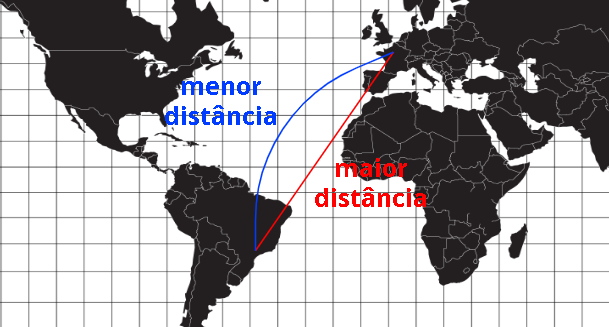Vargas Era – Estado Novo
Given as a government established by coup ways, the Estado Novo was implemented by Getúlio Vargas under the justification of containing a new threat of a communist coup in Brazil. To give the new regime a legal appearance, Francisco Campos, Getúlio's political ally, drafted a new constitution inspired by items from the Italian and Polish fascist constitutions.
Known as the Polish Constitution, the new constitution expanded presidential powers, giving Getúlio Vargas the right to intervene in the Legislative and Judiciary powers. In addition, state governors were appointed by the president. Even having some political guidelines similar to the fascist and Nazi governments, it is not possible to understand the Estado Novo as a mere imitation of them.
The inexistence of a party to mediate the relationship between the people and the State, the absence of a eugenic policy and the lack of an ultra-nationalist discourse are some of the points that distance the Estado Novo from Italian fascism or Nazism German. With regard to its main measures, the Estado Novo adopted the so-called "State of Commitment", where they were created control mechanisms and ways of political negotiation responsible for the emergence of a broad support front for Getúlio Vargas.
Mind Map: Era Vargas Estado Novo

* To download the mind map in PDF, Click here!
Among the new bodies created by the government, the Department of Press and Propaganda (DIP) was responsible for controlling the media at the time and propagandizing a positive image of the government. The Administrative Department of the Public Service, on the other hand, remodeled the structure of the civil service, harming influence peddling, nepotist practices and other employee benefits.
Another important point of Vargas' policy can be seen in the relationship between the government and the working classes. Taken by a populist orientation, the government was concerned with obtaining the favor of the workers through concessions and laws to protect workers. Such measures would demobilize the union movements of the time. Its actions were controlled by laws that regulated its field of legal action. At that time, the unions became a space for the dissemination of government propaganda and its leaders, representatives of the Vargas ideology.
Vargas' paternalistic actions, directed at the working classes, were of fundamental importance for the growth of the industrial bourgeoisie at the time. By containing the conflict of interests of these two classes, Vargas created conditions for the broad development of the Brazilian industrial sector. In addition, the government acted directly in the economy, carrying out an industrialization policy through import substitution.
In this policy of substitutions, the State would be responsible for supporting the growth of the industry through the creation of basic industries. Such industries would support other industrial sectors to develop, providing important raw materials. Several state industries and research institutes were created in the period. Among the state companies created by Vargas, we can mention the Companhia Siderúrgica Nacional (1940), the Companhia Vale do Rio Doce (1942), Fábrica Nacional de Motores (1943) and Hidrelétrica do Vale do São Francisco (1945).
In 1939, with the beginning of World War II, an important political issue guided the last years of the Estado Novo. At the beginning of the conflict, Vargas adopted a contradictory posture: now supporting the Axis countries, now drawing closer to the allies. With the granting of a 20 million dollar loan, the United States won Brazil's support against the Axis countries. Brazil's struggle against the totalitarian regimes of Adolf Hitler and Benito Mussolini generated a political tension that destabilized the legitimacy of the Vargas dictatorship.
During 1943, a document entitled Manifesto dos Mineiros, signed by intellectuals and influential political figures, demanded the end of the Estado Novo and the resumption of democracy. Nodding favorably to this demand, Vargas created a constitutional amendment that allowed the creation of political parties and announced new elections for 1945. In the meantime, the following party representations emerged: the Brazilian Labor Party (PTB) and the Social Democratic Party (PSD), both strongholds in support of Getúlio Vargas; the União Democratica Nacional (UDN), a right-wing group that opposes Vargas; and the Brazilian Communist Party (PCB), which left the illegality decreed by Getúlio.
In 1945, the measures taken by the government made Vargas' departure an inevitable fact. Those who were against this possibility organized themselves into the so-called Keremist Movement. Held by the motto “We want Getúlio!”, its participants defended the continuity of the Vargas government. Even counting on several sectors favorable to his permanence, including those on the left, Getúlio passively accepted the deposition, led by the military, in September of that year.
In this way, Getúlio Vargas intended to preserve a positive political image. Accepting the coup, he conveyed the idea that he was a political leader in favor of the democratic regime. This strategy and broad popular support still earned him a term as a senator between 1945 and 1951, and a democratic return to the presidential post in 1951.
By Rainer Sousa
Graduated in History
*Mental Map by Daniel Neves
Graduated in History


